Scarlet Waxcap / Autumn / Winter / Edible
Scientific Name
Hygrocybe coccinea
Common Names
Scarlet Waxcap, Scarlet hood, Righteous red waxy cap.
Family
Hygrophoraceae
Habitat
They are found in woodland clearings and mown meadows and fields, where fertilisers and herbicides aren’t used.
Description
One of the smaller red Waxcap, they are fairly common, usually appearing in quite large groups.
Identifying Features:
Cap:
They are convex when young becoming bell shaped and then almost flat with age. They are deep red when young but the colour fades from the edge to orange or yellow. Slimy when young and wet and up to 5cm across. The flesh is similar in colour to the outside. They are normally found between September and December.
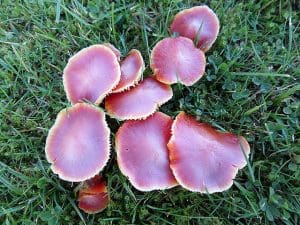
Stem
Roughly the same colour as the cap, they tend to get ore yellow towards the base. Hollow and up to 5cm long.
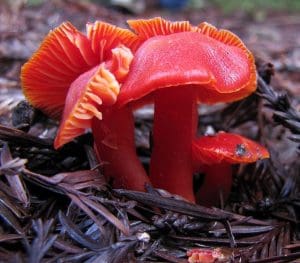
Gills
Red when young with yellow edges, the red fades with ages. The gills can be adnexed or almost free, fairly crowded compared to other Waxcaps.
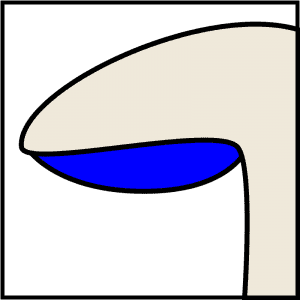
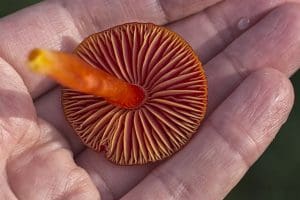
Smell:
No strong smell.
Spores:
White
Uses
In food
They are edible but due to habitat loss and changes in land use, Waxcaps are getting rarer and rarer. I personally don’t eat them for this reason and the fact that they are pretty insubstantial.
Known hazards
None known.
Potential lookalikes
They could be confused with the Crimson Waxcap (Hygrocybe punicea), but this is larger less common and has paler flesh.
The Blackening Waxcap (Hygrocybe nigrescens) could also be confused but as the name suggests this blackens when damaged.
Extra Notes from the Foragers
For a long time it was thought that Waxcaps were saprotrophic feeding on the dead root systems of grass. Modern research suggests that they have a symbiotic relationship with mosses.
The name Hygrocybe means ‘watery head’.
Reference:
https://www.aber.ac.uk/waxcap/index.shtml



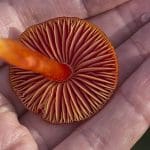
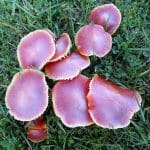
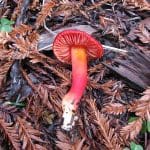
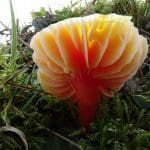
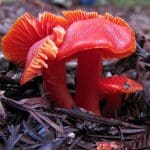
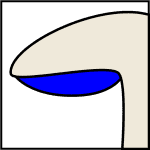



Leave a Reply
You must be logged in to post a comment.